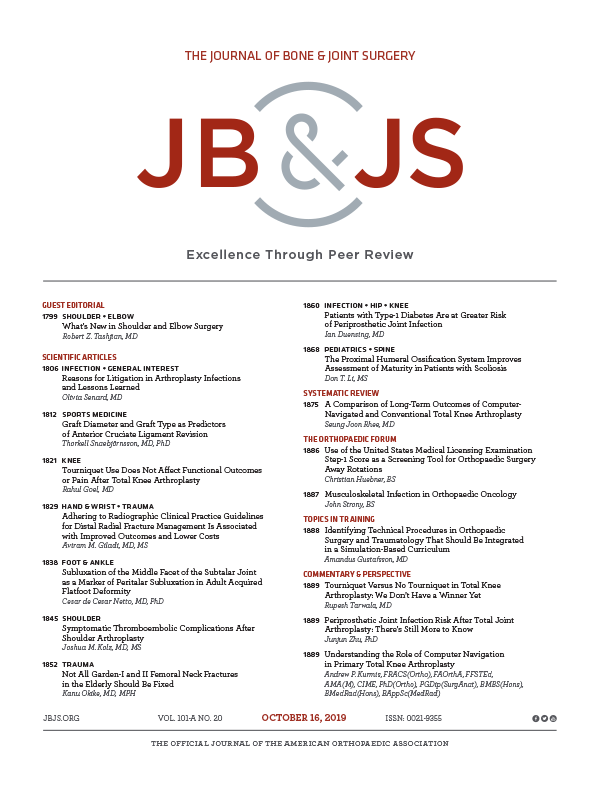
Electromagnetic Focused-ESWT Improves Pain, Function & QoL for Greater Trochanteric Pain Syndrome

Electromagnetic Focused-ESWT Improves Pain, Function & QoL for Greater Trochanteric Pain Syndrome
Focused Shockwave Treatment for Greater Trochanteric Pain Syndrome: A Multicenter, Randomized, Controlled Clinical Trial
J Bone Joint Surg Am. 2020 Aug 5;102(15): 1305-1311.Synopsis
One hundred and three patients with unilateral chronic greater trochanteric pain syndrome (GTPS) were randomized to receive electromagnetic focused extracorporeal shockwave treatment (F-ESWT) with a specific exercise protocol or sham F-ESWT with the same exercise protocol. The primary outcome of interest included pain measured using the visual analogue scale (VAS) at 2-months follow-up. Secondary ...
To view the full content, login to your account,
or start your 30-day FREE Trial today.
FREE TRIAL
LOGIN
Forgot Password?
Explore some of our unlocked ACE Reports below!

Learn about our AI Driven
High Impact Search Feature
Our AI driven High Impact metric calculates the impact an article will have by considering both the publishing journal and the content of the article itself. Built using the latest advances in natural language processing, OE High Impact predicts an article’s future number of citations better than impact factor alone.
Continue



 LOGIN
LOGIN

Join the Conversation
Please Login or Join to leave comments.